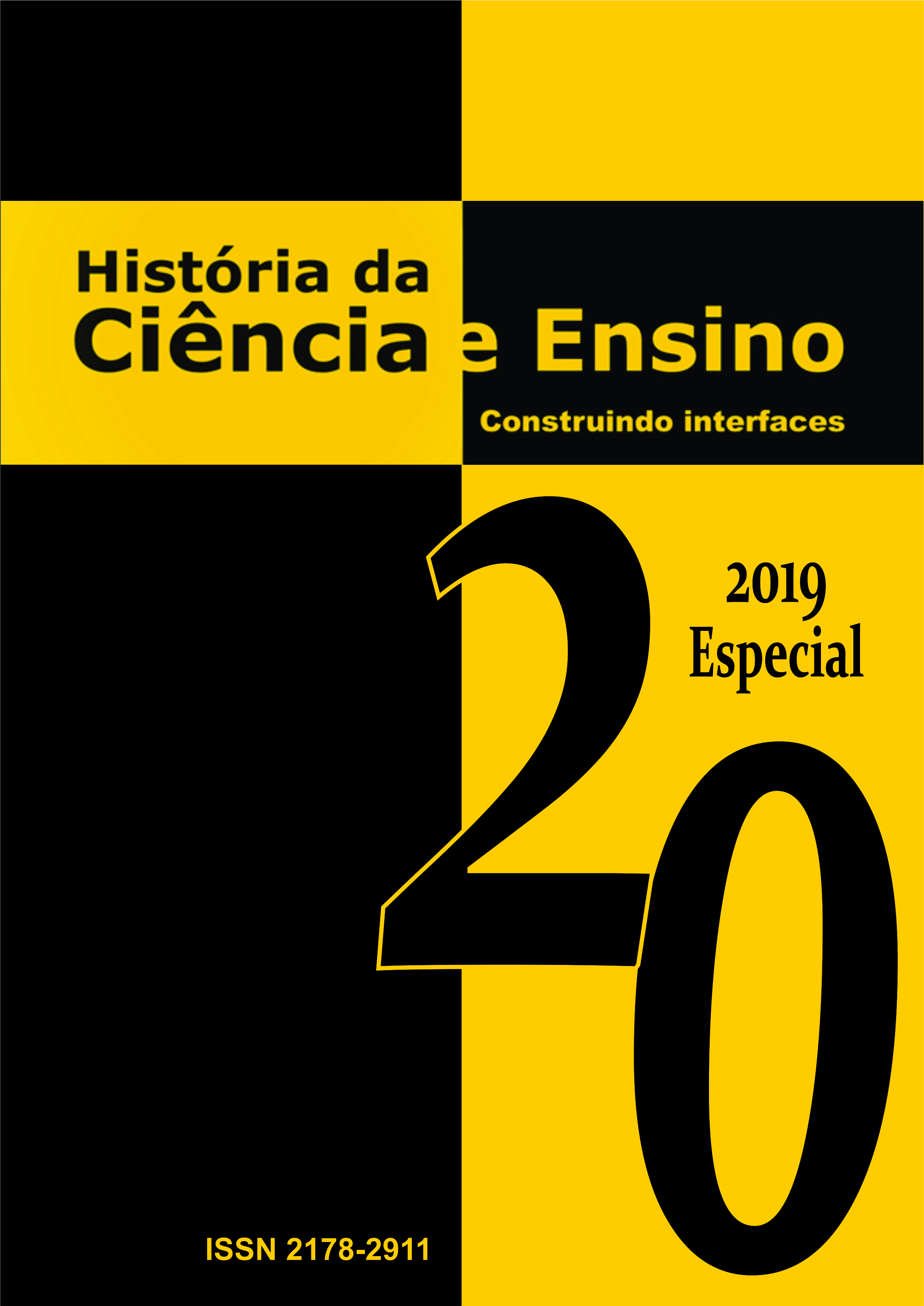Bases históricas da criação dos cursos técnicos integrado ao ensino médio no Brasil
DOI:
https://doi.org/10.23925/2178-2911.2019v20espp238-247Resumo
Resumo
A história da educação no Brasil é marcada pela dualidade, entre o ensino técnico para os pobres e o propedêutico para os ricos. O ensino médio técnico integrado é uma modalidade de ensino que coaduna a formação básica à técnica, rompendo a dualidade histórica registrada na educação profissional brasileira, fomentando, ao mesmo tempo, o ensino da cultura geral e da formação profissional. A presente pesquisa teve como objetivo realizar uma breve descrição e discussão das bases históricas do ensino médio técnico integrado no Brasil. Os procedimentos metodológicos adotados foram de pesquisa qualitativa de natureza descritiva e explicativa. Na década de 80, houve discussões sobre a criação de um projeto de ensino médio comprometido com as classes trabalhadoras, sendo a principal proposta delineada por Demerval Saviani, com a ênfase de oportunizar a formação profissional integrada à formação geral nos seus múltiplos aspectos humanísticos e científico-tecnológicos. As bases, fundamentavam-se na concepção do ensino médio integrado, norteado pelos conceitos de politecnia, educação unitária e omnilateralidade. As discussões avançaram somente em 2003 e com o Decreto no 5.154/2004 passou a admitir a integração entre a educação profissional e o ensino médio, contudo, apenas nas modalidades concomitante e subsequente. A partir de 2008 essa modalidade de ensino avançou significativamente, com a Lei no 11.892 que criou os Institutos Federais e estabelecendo uma reserva de no mínimo 50% de suas vagas para a oferta de cursos técnicos integrados ao ensino médio.
Palavras-chave: Dualidade Educacional; Educação Politécnica; Institutos Federais Abstract
(Brazilian history of education was marked by duality between technical education for the poor and propaedeutic for the rich. The integrated technical high school is a education modality that coadunes the basic training to the technical, breaking the historical duality registered in Brazil, while fostering the teaching of general culture and professional training. The objective of the present research was to make a brief description and discussion of the historical base of the technical secondary education integrated in Brazil. The methodological procedures adopted were qualitative research of a descriptive and explanatory nature. In the 80s, there were discussions about the creation of a secondary education project committed to the working class, the main proposal was outlined by Demerval Saviani, with the emphasis on providing professional training integrated with general training in its multiple humanistic and scientific aspects -technological. The bases were based on the conception of integrated secondary education, guided by the concepts of polytechnics, unitary education and omnilaterality. The discussions only advanced in 2003 and with the Decree 5,154 / 2004 it started to admit the integration between vocational and secondary education, however, only in the concomitant and subsequent modalities. As of 2008 this modality of education advanced significantly, with the Law No. 11,892 created the Federal Institutes and established a reserve of at least 50% of their places for the provision of technical courses integrated with secondary education
Keywords: Educational Duality; Polytechnic Education; Federal Institutes


